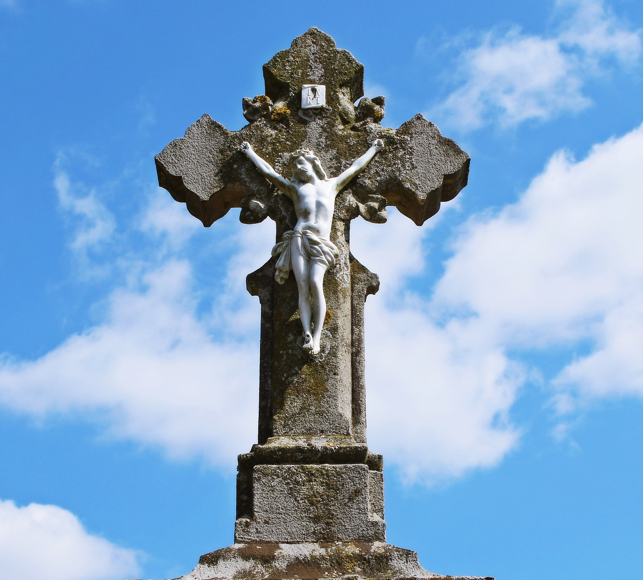Welcome to this comprehensive article where we dive into the rich tapestry of Benin National Religion, Christianity. In this guide, we’ll explore the history, influence, denominations, role in society, traditions and practices, challenges and controversies, impact on culture and arts, its current state in Benin, and a comparison with other religions. By the end, you’ll have a thorough understanding of the significance Christianity holds in Benin today.
History of Benin National Religion
Christianity’s journey in Benin dates back to the 15th century when European explorers first made contact with the region. The arrival of Portuguese traders brought Catholicism to the kingdom of Benin, laying the foundation for the Christian faith in the region. Over time, various missionary efforts introduced different denominations, leading to the vibrant Christian landscape we see today.
Influence of Christianity in Benin
Christianity has had a profound influence on the social, cultural, and political fabric of Benin. As the religion spread, it intersected with local traditions and customs, giving rise to a unique blend of beliefs and practices. The Christian principles of love, compassion, and forgiveness have played a pivotal role in shaping the moral values and ethics of the Beninese people.
Denominations
Today, Benin boasts a diverse range of Christian denominations, including Catholicism, Protestantism, and various independent churches. Each denomination brings its own distinct theological perspectives, worship styles, and organizational structures, catering to the spiritual needs of different communities within the country.
Role in Society
Christianity plays a significant role in Benin’s society, influencing education, healthcare, and social welfare initiatives. Missionary schools and hospitals have contributed immensely to the development of the nation, providing education, medical care, and humanitarian aid to the population. The Christian community actively engages in charitable activities, fostering social cohesion and community development.
Traditions and Practices
Within the framework of Christianity in Benin, there are unique traditions and practices that have evolved over time. These include vibrant worship services, religious festivals, and rituals that blend elements of local culture with Christian teachings. The fusion of indigenous beliefs and Christianity has created a rich tapestry of spiritual expression that is deeply rooted in the Beninese identity.
Challenges and Controversies Surrounding Benin National Religion
Like any religion, Christianity in Benin faces its share of challenges and controversies. Some of these revolve around doctrinal differences, competition between denominations, and the influence of syncretic practices. Additionally, external forces and cultural shifts have posed challenges to the growth and adaptation of Christianity within the diverse religious landscape of Benin.
Impact on Culture and Arts
Christianity has left an indelible mark on Beninese culture and arts. From vibrant church choirs and gospel music to religious art and architecture, the influence of Christianity can be seen and heard throughout the country. Christian themes often intertwine with traditional storytelling, dance, and visual arts, enriching the cultural heritage of Benin.
Christianity in Benin Today
In contemporary Benin, Christianity continues to thrive and evolve. The Christian community actively participates in religious gatherings, community service projects, and spiritual development programs. Churches serve as social hubs, offering support and guidance to individuals and families. Christianity in Benin is an ever-growing and dynamic force that shapes the lives of its adherents.
Comparison with other Religions
In a religiously diverse country like Benin, Christianity coexists with other prominent religions such as Islam, Vodun, and traditional African religions. A comparison between these religions reveals unique aspects, shared values, and points of convergence. Understanding these dynamics fosters interfaith dialogue and promotes peaceful coexistence among the religious communities in Benin.
FAQs
Q1. What is the largest Christian denomination in Benin?
The largest Christian denomination in Benin is Catholicism, with a significant number of adherents.
Q2. Are there any indigenous Christian movements in Benin?
Yes, there are indigenous Christian movements that have emerged within the country, blending local beliefs and Christian teachings.
Q3. How has Christianity influenced traditional African religions in Benin?
Christianity has had an impact on traditional African religions in Benin, leading to syncretic practices and the emergence of new religious expressions.
Q4. Are there any notable Christian festivals in Benin?
Yes, Christmas and Easter are celebrated as major Christian festivals in Benin, marked by religious services and cultural festivities.
Q5. How does Christianity contribute to education in Benin?
Christianity has played a significant role in education in Benin, with missionary schools contributing to the development of the education system.
Conclusion
Christianity holds a prominent position in the religious and cultural landscape of Benin. Its history, influence, denominations, societal role, traditions, and contemporary significance shape the lives of millions of Beninese people. By embracing and adapting to local customs, Christianity has become an integral part of Benin’s identity. As the country continues to evolve, the interplay between Christianity and other religions will further enrich the spiritual tapestry of this remarkable nation.
References
- Agbeti, J. K. (2005). Christianity in West Africa: The Nigerian Story. LIT Verlag Münster.
- Ayandele, E. A. (1966). The Missionary Impact on Modern Nigeria: 1842-1914: A Political and Social Analysis. Longman.
- Brown, D. (2014). Christianity in West Africa: The Roman Catholic Church in Colonial Nigeria, 1880-1950. Cambridge University Press.

